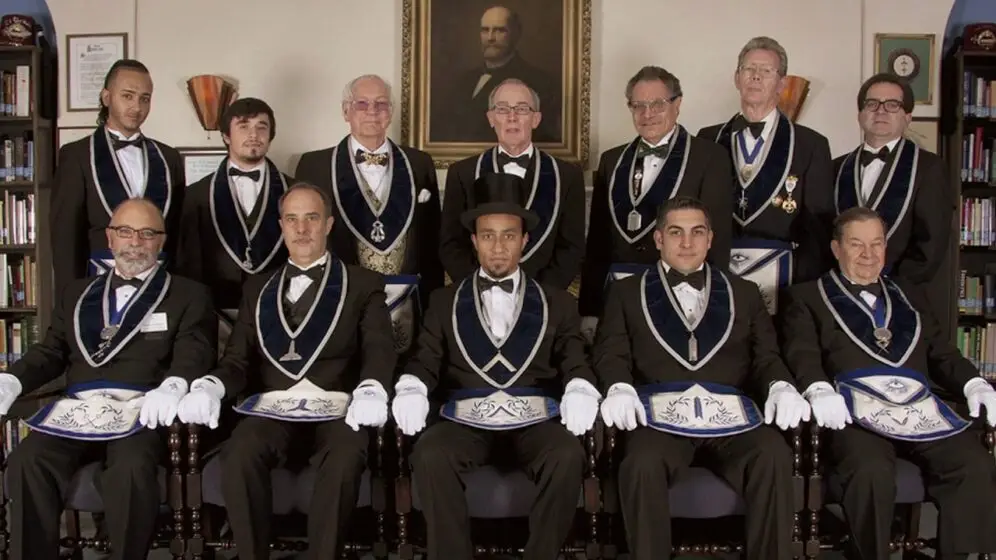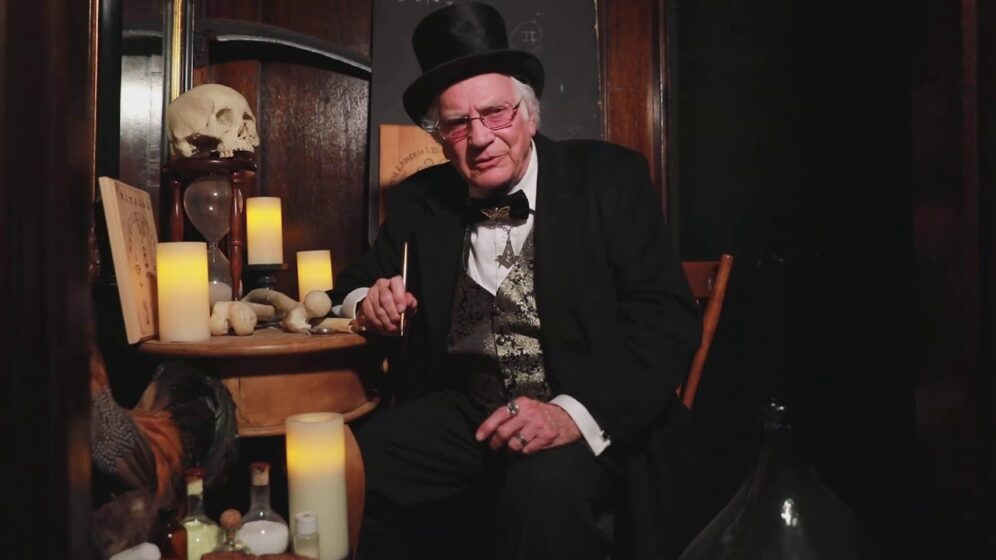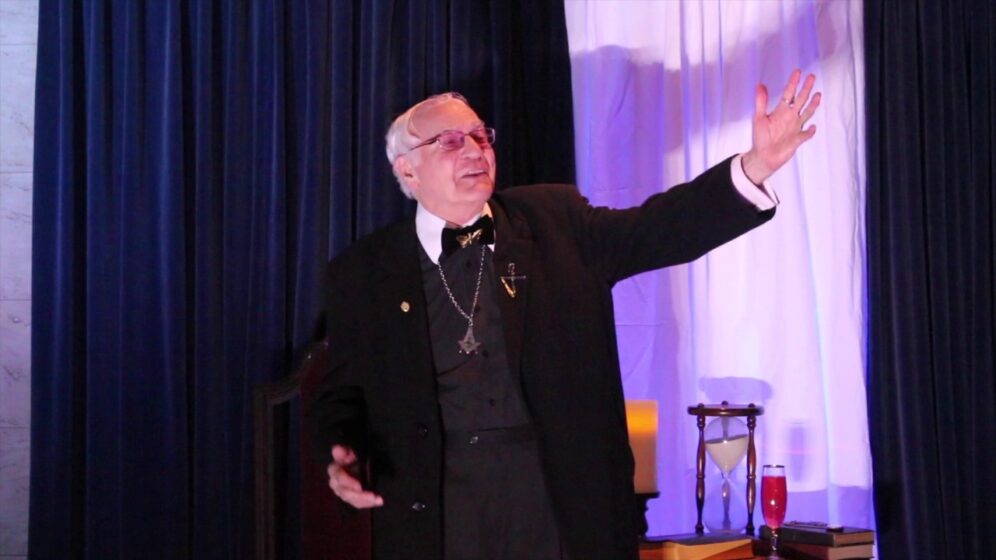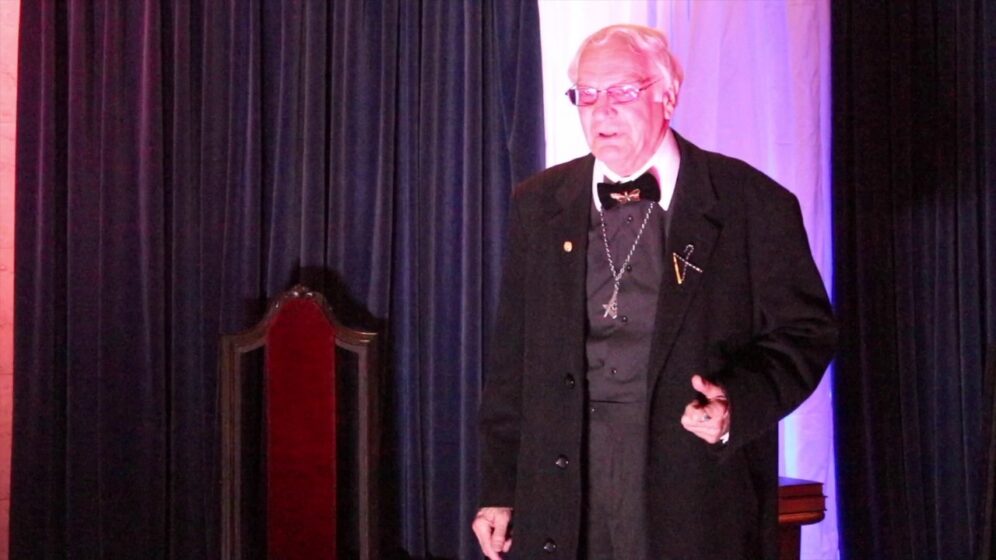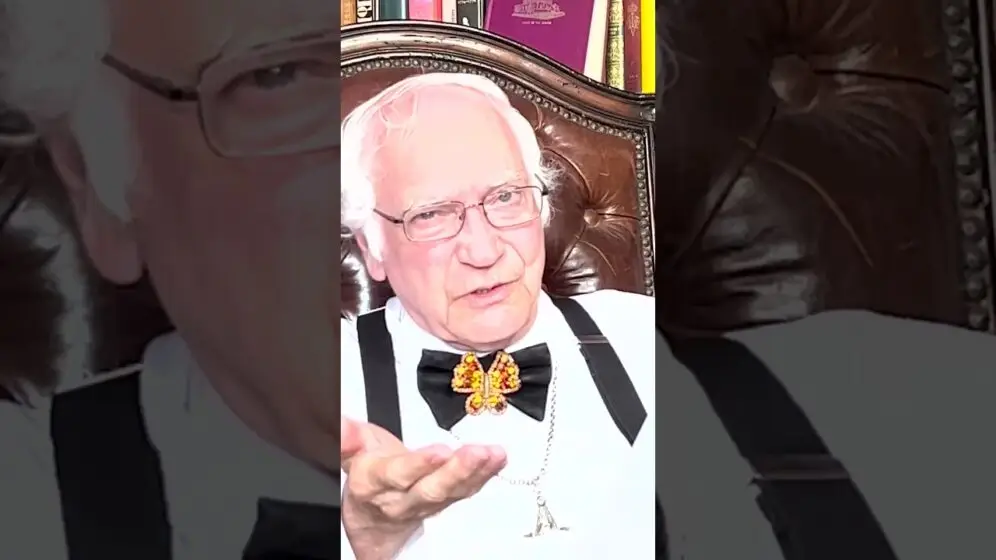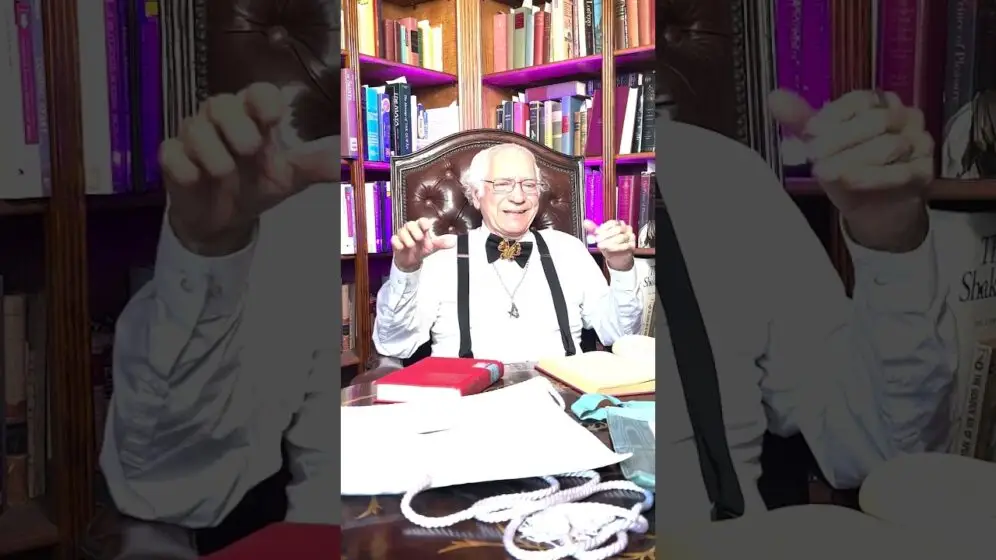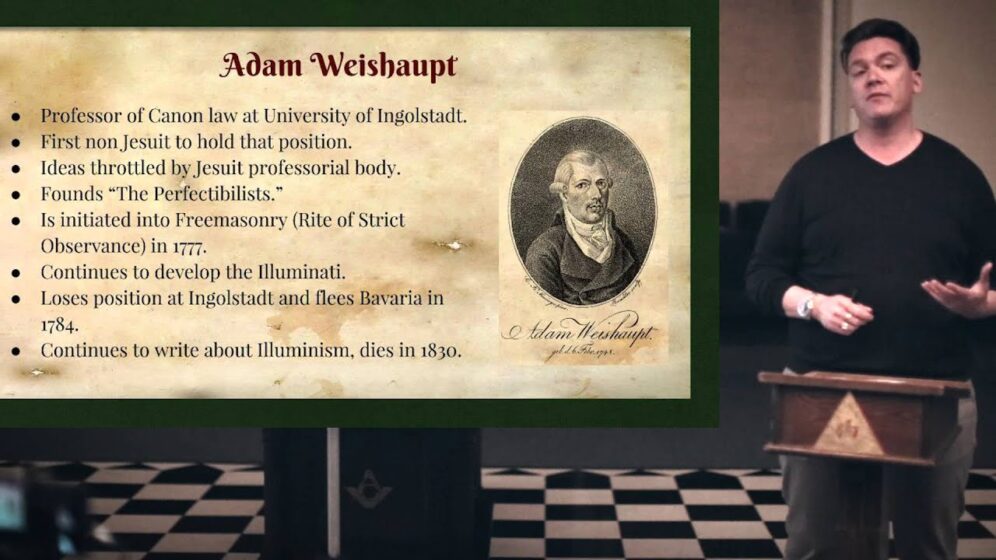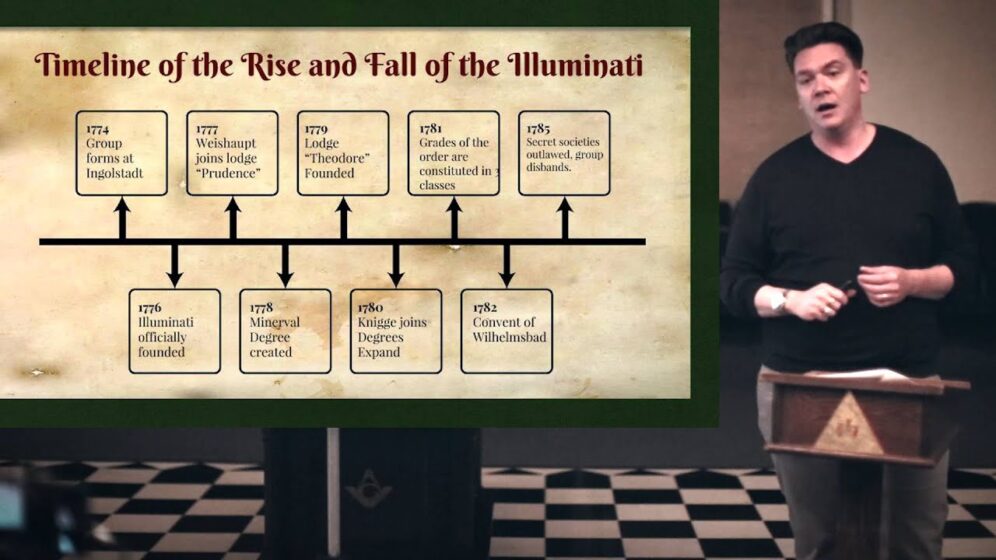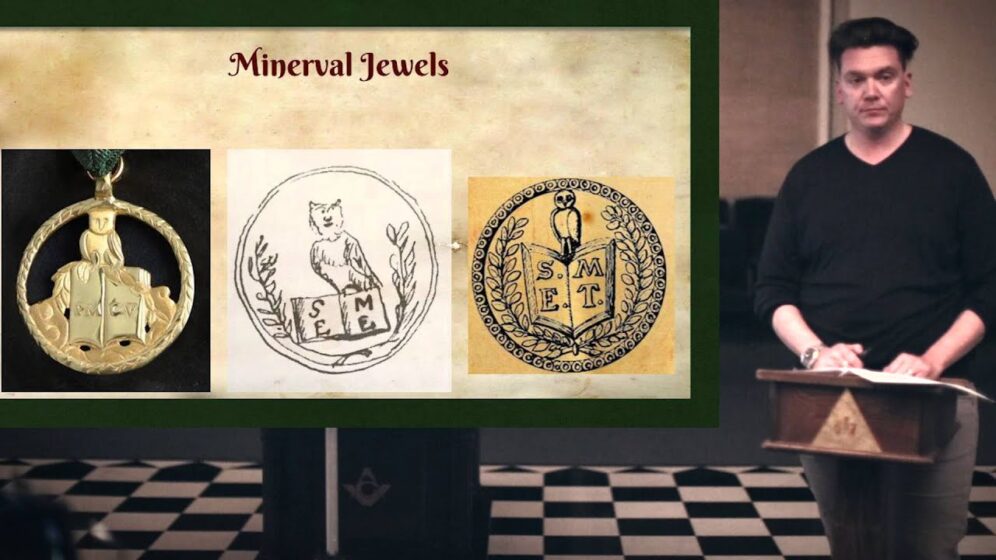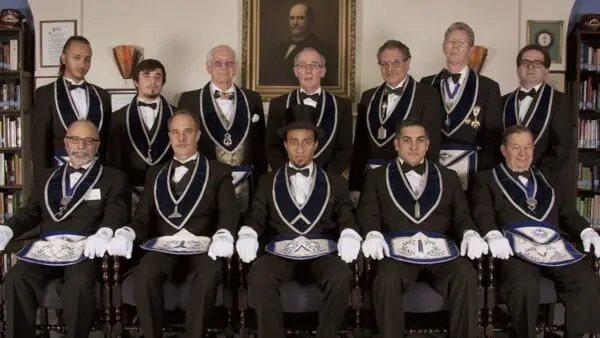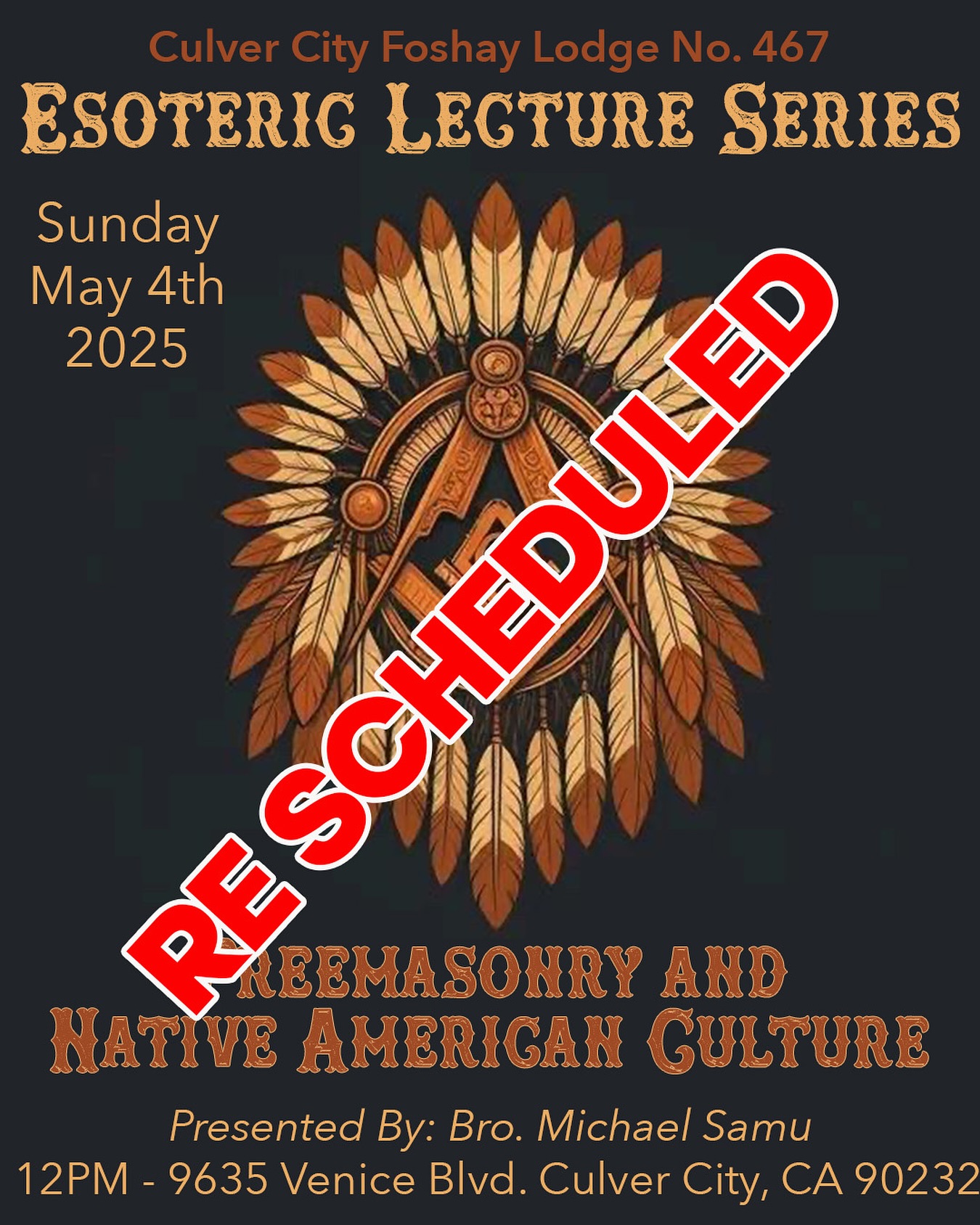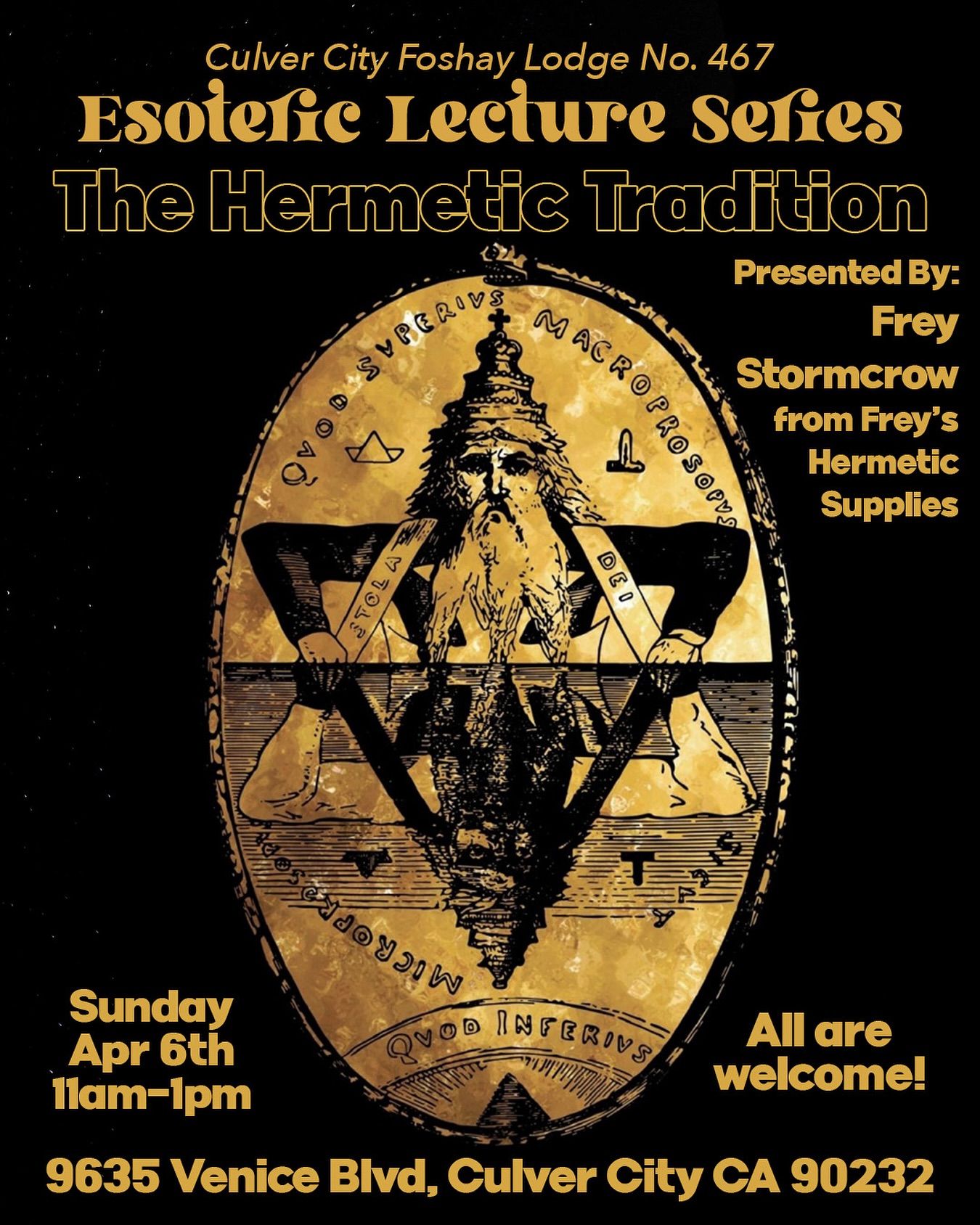FROM THE HALL OF KNOWLEDGE
How to square your square
By Bryan Godwin
When thinking of early triumphs of architecture, the builders of ancient Egypt often draw our minds. Just how did this ancient society build what still amounts to some of the largest and most impressive monuments on Earth?
While many aspects of Egyptian archeology are still a matter of speculation and theory, we do know that nearly all buildings started with the creation of a square. The creation of mathematically exact right angles and perpendiculars was, at the time, somewhere between magic, religion and geometry. The creation of a square was often the first step of any construction, and for temples and houses of royalty, it took the form of a religious ceremony.
The Egyptians even had a word for the men who held the magic of right angles; the “harpedonaptai”, which translates into “rope stretchers.” These operative builders had the understanding of what would come to be known as the “Pythagorean Theorem” long before the time of Pythagoras. It is likely that Pythagoras, who was known to have traveled and been educated in Egypt, might have first pondered his famous mathematical problem, while in that part of the world.
The harpedonaptai used ropes, tied or marked at thirteen regular intervals, creating twelve equal parts. These ropes would first be staked on one end, and then a second stake was inserted at the fourth knot. [sp] This left two free ends, one three total parts long, one five total parts long. With these ends the harpedonatae scribed two semi-circles. When the point where these two met, was connected to the first peg three parts from the end of the rope, a perfect right angle, or square, resulted. The axis of the initial leg of the triangle was often oriented to point due east, in honor of the Sun. Consequently, on having the first leg oriented due east, the corner vertex would be the intersection of north and east. The tradition of a cornerstone being laid in the north-east corner of a building, likely stems from this practice.
The masonic square is one of the most recognizable symbols of our fraternity. It is an emblem of the Master of our lodges, and reminder to be true and virtuous. The ancient Greek name of the square was gnomon, from which comes the English word knowledge. The Greek letter gamma is drawn like a square standing on one leg, the other pointing to the right, and is possibly derived from the square. Gnomon, in turn, derived from the square, which the philosophers knew was at the root of their mathematics.
As the new year is upon us, perhaps we should look back to the ancient builders and their ability to prove their squares through seemingly simple techniques, such as stretched ropes, and apply the same metaphor to ourselves. It is not just the process of chipping away at rough and superfluous edges that perfects a stone, for without aid of a true square we would not know if we are on the right path. By refreshing our minds with the obligations we have taken, our rituals and tools, we can walk more uprightly and keep square our personal angle on truth and morality.



